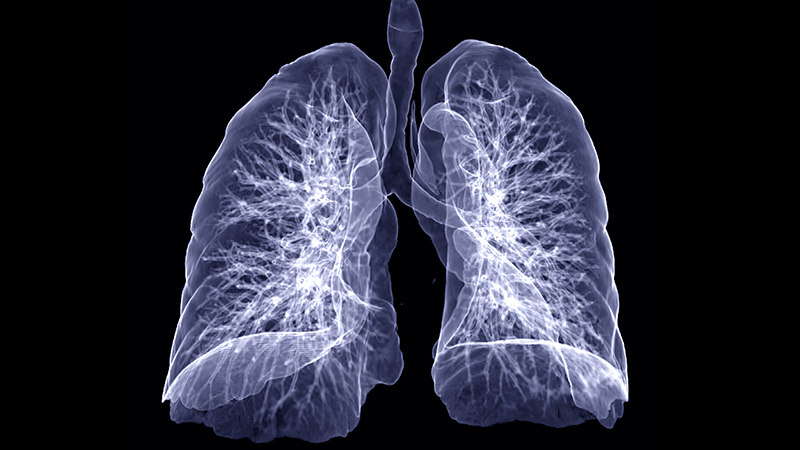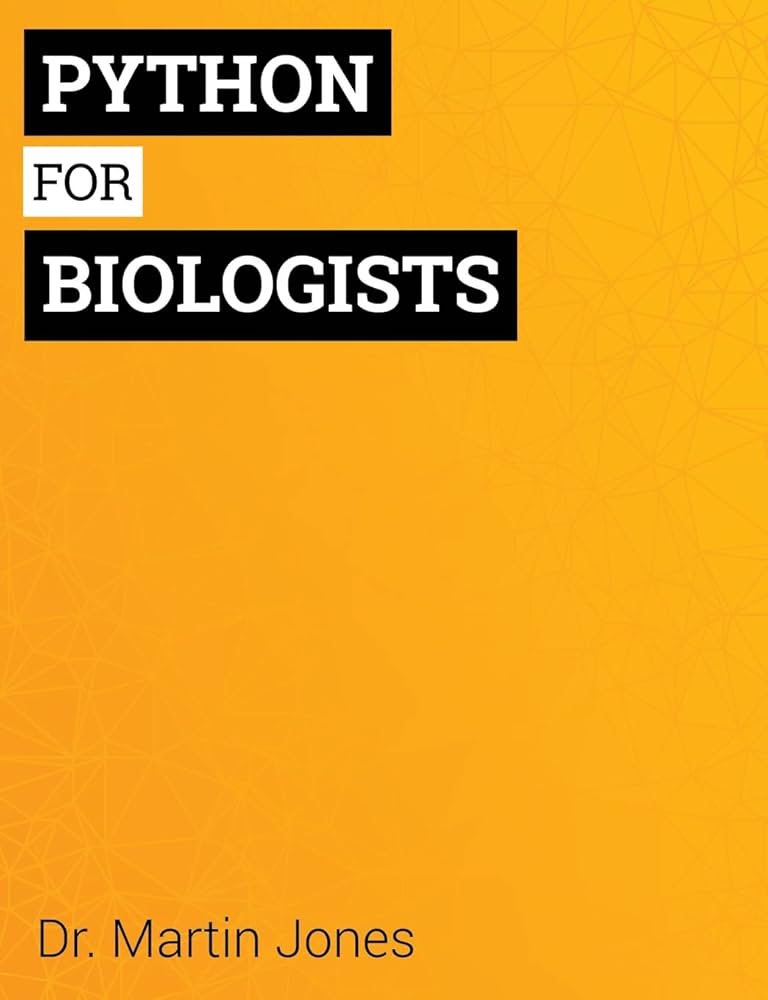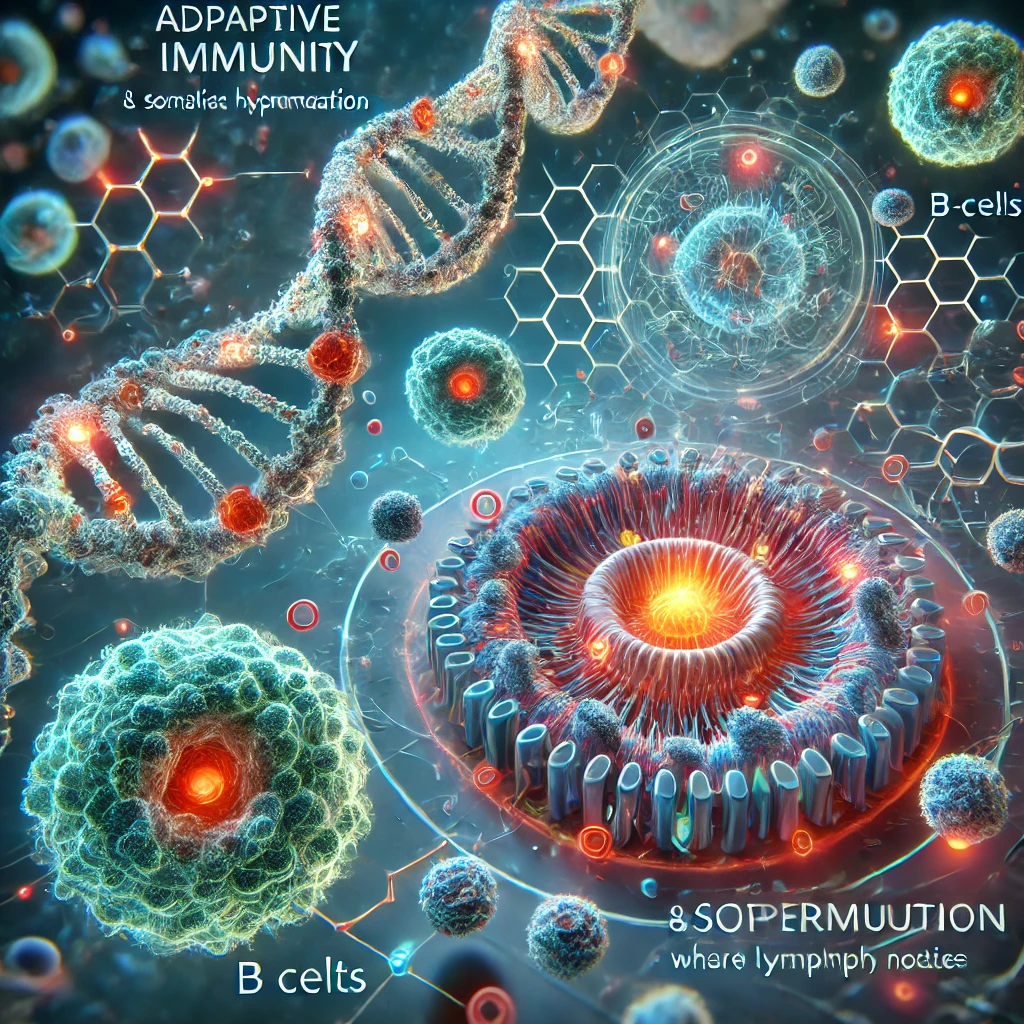News and Events

HAB Grant Project
Understanding the link between large artery mechanical properties/forces and brain volumetric changes using UK Biobank longitudinal data.

Gonadal sex reversal at single-cell resolution in Znrf3-deficient mice
The role of anti-WNT ZNRF3 is central to determining gonadal fate: XY mice lacking functional ZNRF3 exhibit a highly variable gonadal sex reversal phenotype in the fetal period, characterised by appearance of ovarian tissue. To investigate this sex reversal further, we used single-cell RNA-seq to examine the transcriptomes of XY Znrf3-deficient gonads during the mouse sex-determining period. Analyses of cell trajectories in mutant gonads reveal the failure of pre-supporting cells to commit to the Sertoli cell fate, XY granulosa cell development, unstable commitment in those cells that reach the Sertoli path and enhanced contribution to a supporting-like cell fate. By developing a machine learning-based score for transcriptomic similarity to Sertoli and granulosa, we show pervasive disruption to acquisition of testicular cell fate in the mutant supporting cell lineage, with large numbers of cells co-expressing pro-Sertoli and pro-granulosa markers. These data reveal that loss of Znrf3 results in transcriptomic and cellular heterogeneity, with shifts in cellular sex identity that undermine a simple binary model in which mutant supporting cell precursors achieve either Sertoli or granulosa cell differentiation.
Read the full paper here!

Making sense of the linear genome, gene function and TADs

HAB Grant Project
Investigating immune cell interactions in early fibrotic lung disease using spatial transcriptomics

HAB LAUNCH EVENT
The HAB Launch Event was a resounding success! Held on December 4th, the event brought together members of the bioinformatics community to celebrate the official opening of the Hub for Applied Bioinformatics.
The afternoon featured insightful presentations from HAB leadership, including an overview of HAB activities, highlights from the training program, and discussions on community engagement. Attendees also heard inspiring success stories from researchers who have benefited from HAB’s support. The event concluded with networking over refreshments, fostering new connections and future collaborations.
A huge thank you to everyone who joined us—we look forward to growing this community together!

Python for Biologists Workshop

First in-person training at the HAB
PhD students from several research groups attended the first training session at the HAB after completing the online “Basic R” course. During this immersive 5-hour workshop, Dr. Vigilante took students through a hands-on tutorial on data manipulation and visualization, using a range of example datasets. Building on the foundational skills they gained online, students had the chance to dive into more advanced analyses, including correlation studies and Principal Component Analysis (PCA). This session was an incredible opportunity for students to solidify their R programming skills, ask questions and network.
